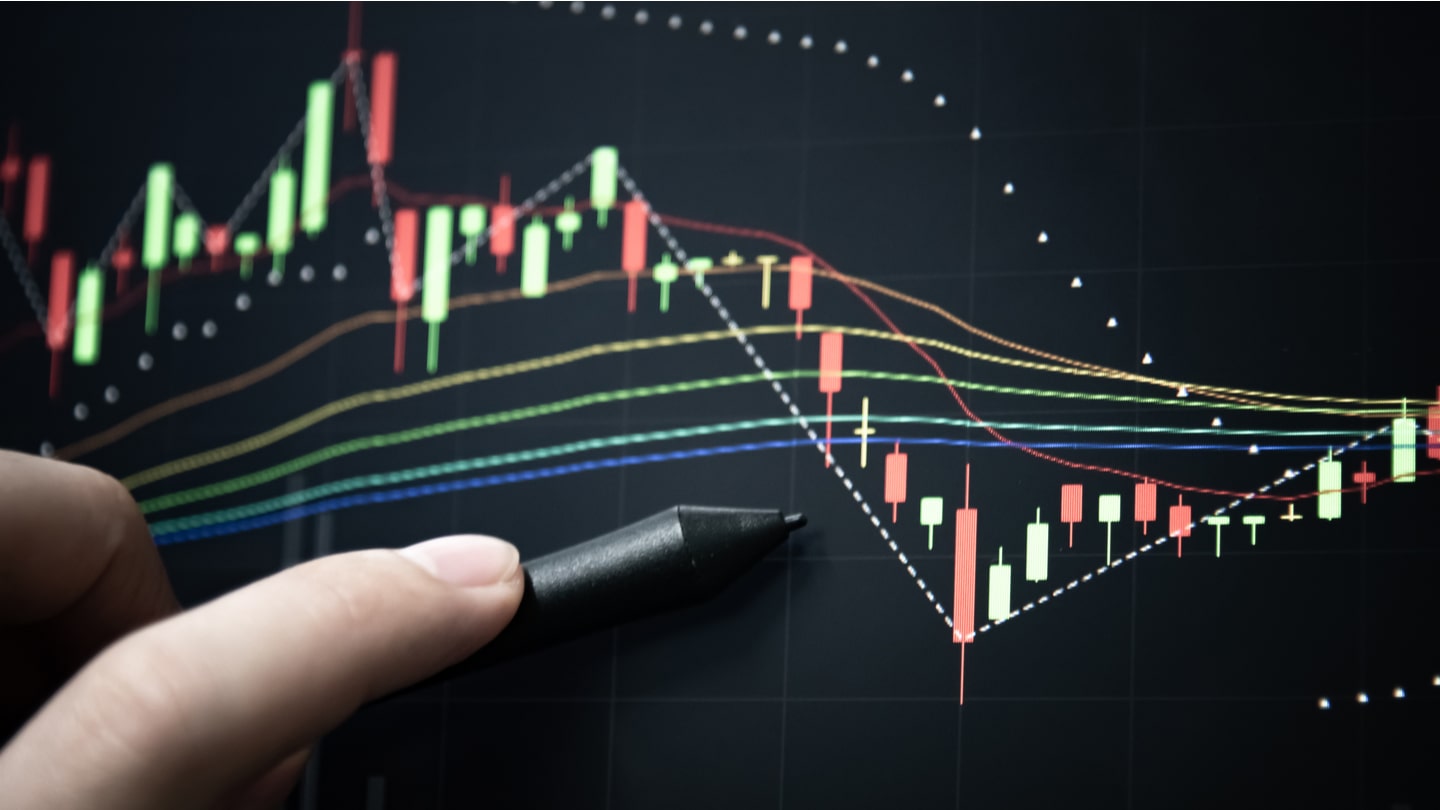The forex market is the largest financial market in the world and provides enormous opportunities for traders to make a profit. However, to be successful in this market, one needs to have a clearly defined personal trading strategy. Many beginners plunge into the market with no strategized plan, and in the end, incur massive losses. Building a personal trading strategy will enable you to conduct trading with much consistency and minimal risk. In this article, Toofan Trading Academy is going to explain building your personal trading strategy in forex. Let’s start.
1. Identify Your Trading Goals
The first step in creating a personal trading strategy is setting down your trading objectives. Before one begins to trade, he should understand ‘why’ he is entering the market and what exactly he wants to achieve. Do you like short-term profits, or are long-term investments more appealing? What is your attitude towards risk? The answers to these questions will help in painting a strategy that best fits your objectives.
Hint: Only place realistic trading goals, such as increasing your profit over time rather than attempting to get an unrealistically high return.
2. Choose the Right Trading Style
Once you have set your goals, you’ll want to choose a trading style to pursue. Each style has different characteristics, and depending on your lifestyle and personality, one may be more appropriate for you. The four major forex trading styles are:
- Day Trading: Traders make several trades in a single day and always square their positions at the end of the day.
- Swing Trading: It mainly deals in the short-term difference in prices. Their trade can run from days to weeks.
- Position Trading: They operate in the long-term market, and their trade stays open for a very long time.
- Scalping: They involve swift entry and exit into and from the trade with a view to reaping tiny differences in prices.
Read More: Strategies for Successful Forex Trading Based on Price Action
The type of style you’ll use will depend on a lot of things: your personality, the amount of time you can devote, and your tolerance for risk. For example, if you have limited time, perhaps position trading or swing trading will be more suitable for you.

3. Choose Your Market and Currency Pairs
The most important decision in forex is the determination of currency pairs that you want to trade. Each of these currency pairs has its own personality and may oscillate at different levels. Pairs, like EUR/USD and GBP/USD, are less volatile and hence suitable for investors who avoid risk. While on other hand, AUD/JPY currency pairs are more volatile and thus become attractive to people seeking to earn faster returns with higher risks.
Tips: The first advice always is to begin researching a few pairs of interest and get familiar with their behavior and trends. Focus on a small number of currency pairs, which will allow you to grasp the market better and make better decisions.
4. Technical and Fundamental Analysis Should Be Used
The two major arms in the development of the strategy include technical and fundamental analyses. Technical analysis entails the study of the chart of the prices and use of patterns and indicators in predicting future market movements. On the other hand, fundamental analysis entails consideration of economic, political, and social factors that could have an effect on currency values.
In developing your personal strategy, you may choose either of these methods or use both. For example you can do fundamental analysis to determine the trend of the market and then you do some technical analysis to pinpoint exactly the entry and exit levels.
5. Entry and Exit Level Identification
Clearly defining entry and exit levels is among the most important ingredients of any trading strategy. It is important to define precisely the price level at which you enter the trade and where you are going to exit. Such levels are to be founded upon technical analysis, drawing support and resistance lines, Fibonacci levels, and usage of different indicators.
Tips: Setting the levels for stop-loss and take-profit is essential. They would help you against big losses when the market is highly volatile and to lock in your gains.
Read More: Forex Trading Strategies for Volatile Market Days
6. Manage Risks
Risk management is the backbone of any successful trading strategy. No trader can close every trade in profit; hence, it’s super important to control your risk in every trade. Most successful traders never risk more than a small portion of their capital per trade.
Tip: Besides stop-loss levels, keep in mind your risk-to-reward ratio. A great trade could bring in more profit, compared to what you are risking, and this will increase profitability in the long run.
7. Strategy Testing and Optimization
Once your trading strategy is developed, it’s time for you to try it in real conditions or a demo account. The essence of testing is to understand how well this strategy works under real market conditions and what strengths and weaknesses it has.
Tip: Once you test, look at the results and adjust accordingly. Constant optimization will help in making your strategy work well and corner changes in the market.
Conclusion
Building up your personal forex trading strategy takes time, analysis, and experience. You can develop a successful and workable strategy through proper goal setting, style selection, market analysis, and risk management. Regular testing and optimization keep you on track and help avoid common trading mistakes. Indeed, forex trading requires patience and discipline, and having a personal strategy will bring you closer to achieving your trading objectives.

Leave a Reply